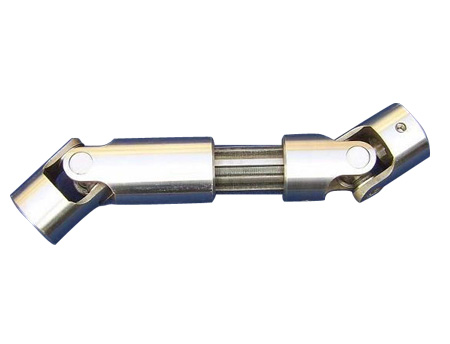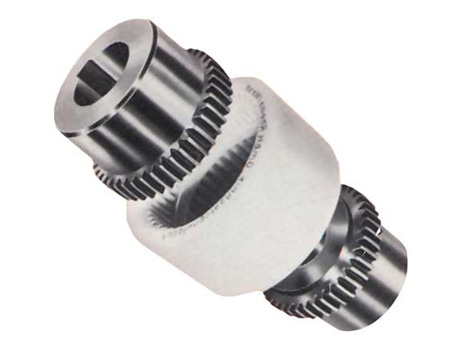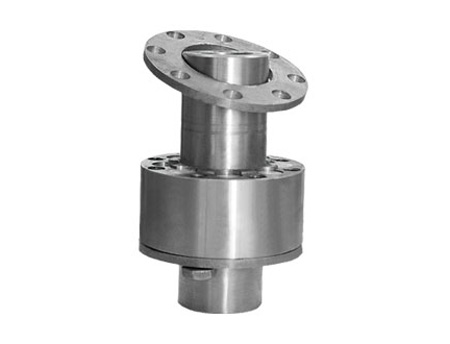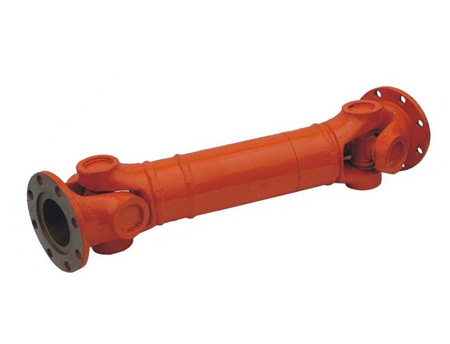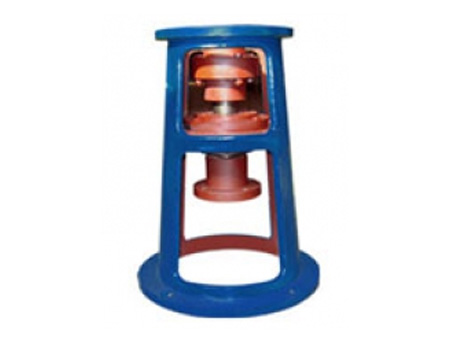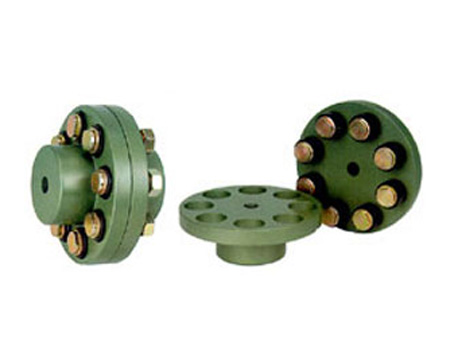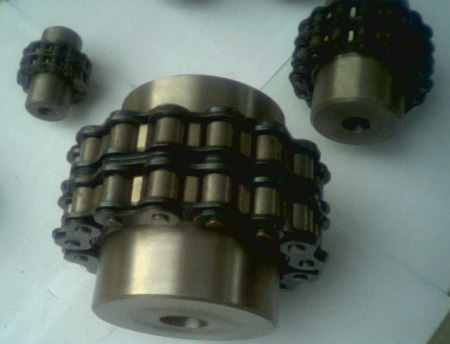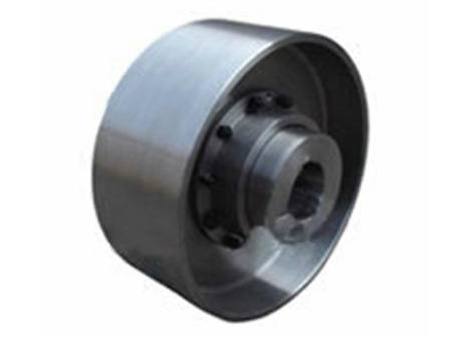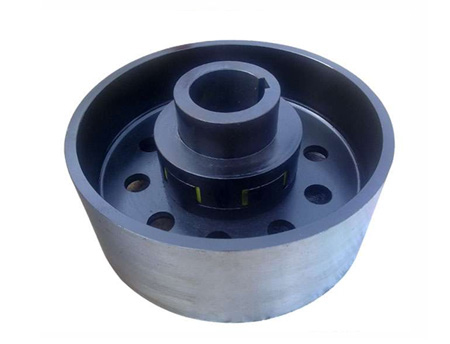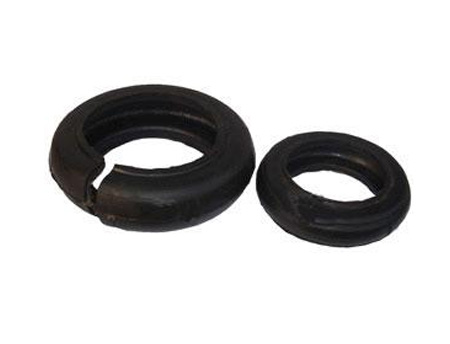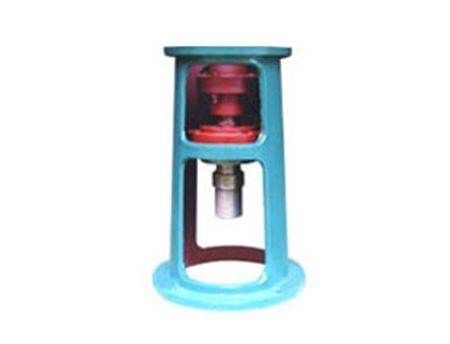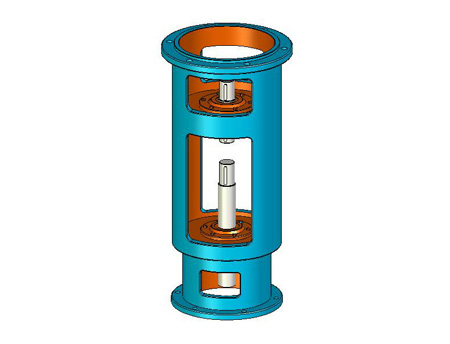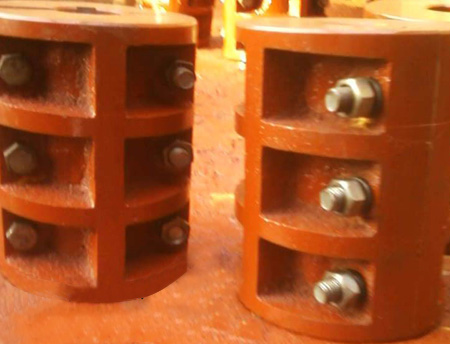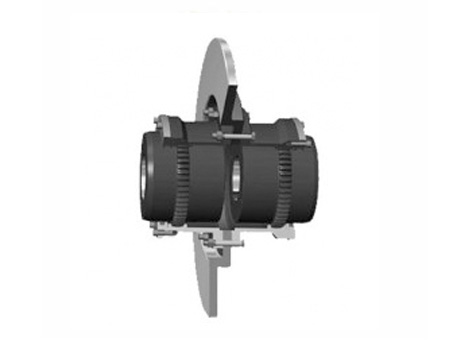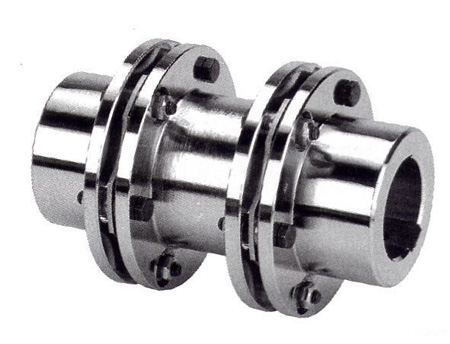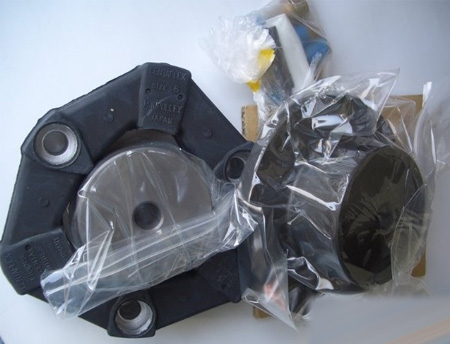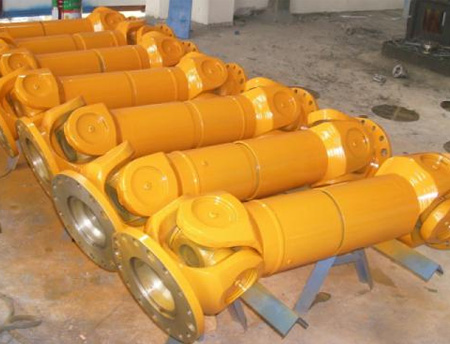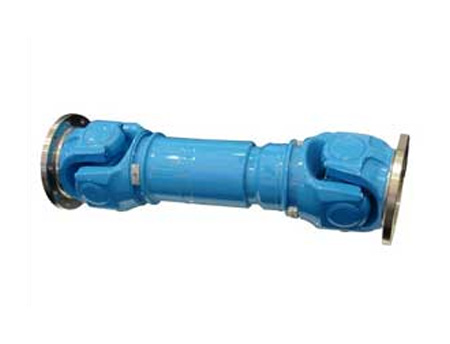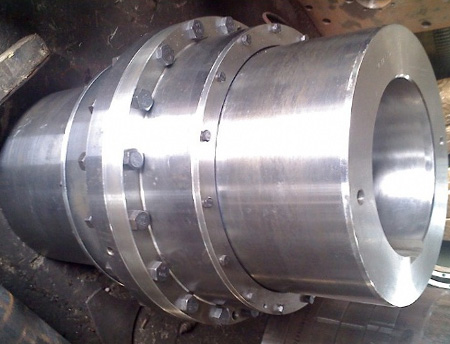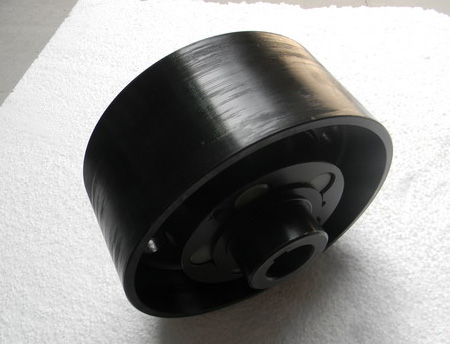- Introduction to Couplings
- A detailed introduction to the drum gear coupling!
- What are the requirements for coupling guards?
- The difference between plum coupling and diaphragm coupling
- What are the characteristics of drum gear couplings?
- Frequently Asked Questions about the Installation and Disassembly of the Diaphragm Coupling
Website: www.rigid-shaft-coupling.xyz
Address: Xihuan Industrial Zone, Botou City, Hebei Province
The strength of the diaphragm coupling and the type of coupling
Diaphragm couplings inevitably have installation errors such as axial deviation, angular misalignment, and radial misalignment. The following analyzes the influence of various installation errors on the mechanical properties of the diaphragm coupling.Assuming that the axial error ΔKa of the diaphragm coupling is 3 mm, the radial error ΔKr is 0.15 mm, and the angular error ΔKw is 0.5°, the axial and angular installation errors have a greater influence on the comprehensive displacement of the diaphragm coupling. The radial error has relatively little influence on the overall displacement.Since the large value of equivalent stress of the diaphragm coupling appears at the outer ring bolts, it is mainly caused by the bolt pre-tightening force. The installation error has little effect on the large value of the equivalent stress, but the installation error has a small effect on the equivalent stress of the diaphragm group and its The distribution law has a greater impact.
(1) Considering the loads such as bolt pre-tightening force, torque, centrifugal force, etc., a calculation model of diaphragm coupling is established. Through contact finite element analysis, the influence of installation error on the mechanical properties of diaphragm coupling is studied.
(2) The equivalent stress value of each diaphragm is quite different, the diaphragm stress at both ends is large, and the middle diaphragm decreases successively and the distribution is more uniform. The centrifugal force has a more obvious influence on the diaphragm stress.
(3) Axial deviation, radial misalignment, and angular misalignment. Moderate installation errors have a greater impact on the comprehensive displacement and equivalent stress of the diaphragm group. Among them, the angular error has a large impact, and the angular error should be strictly controlled during installation. .
The diaphragm is the weak link of the coupling. Take a diaphragm to analyze its stress status.When the torque is transmitted, part of the diaphragm is stretched, part of the diaphragm is compressed, the diaphragm group 1 is stretched and the diaphragm group 2 is compressed and relaxed.When the coupling rotates at a high speed, the centrifugal force generated by the mass of the diaphragm, bolts and washers makes all the diaphragms evenly tensioned.When compensating the axis sentence and angular displacement, the diaphragm produces bending deformation, and there is a bending stress in the diaphragm.
If the axial displacement of the coupling △K is known.And the angular displacement △K, the axial and angular restoring force of the membrane sill can be obtained, and the axial deformation stiffness and the bending stiffness during angular deformation can be obtained. This article mainly analyzes the torsional stiffness of the coupling. f When the torque is delivered, the diaphragm is elastically deformed under the force, so that the diaphragm coupling produces a small elastic backlash.The force condition T of the diaphragm is the nominal torque, r is the elastic hysteresis, and L is the center distance of the two bolt holes on the diaphragm. If the deformation of the half coupling and the bolt is ignored, the problem is simplified to a mechanical model.
Type of coupling:
Due to manufacturing and installation errors, deformation after load, and the influence of temperature changes on the two shafts connected by the coupling, the relative position of the two shafts will change, and strict alignment is often not guaranteed.According to whether the coupling has elastic elements, whether it has the ability to compensate various relative displacements, that is, whether it can maintain the connection function and the purpose of the coupling under the condition of relative displacement, the coupling can be divided into rigid couplings, Flexible couplings and couplings.The main types and characteristics of the coupling and its role in the function category in the transmission system. Remarks: Rigid couplings can only transmit motion and torque, and do not have other functions including flange couplings and sleeve couplings.
